By Joshua Farnsworth
In the above video I talk about the differences between mortise gauges and marking gauges for woodworking, and some common problems that you may encounter when buying antique gauges, and solutions for repairing them to working order.
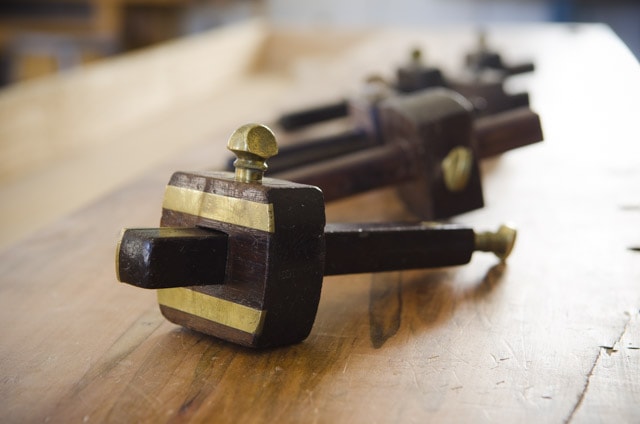
I’ve bought a lot of marking gauges & mortise gauges over the years, especially last year prior to opening my woodworking school. I was lucky to buy a whole box of quality marking gauges at a tool swap, for only $20. They were almost all in need of rehabilitation, but now most are fully functional with just a little work. As you’ll see in the above video, the most common issues that I’ve found while rehabbing dozens of marking & mortise gauges are:
- Cutters and pins need to be sharpened
- Pins are broken off or filed off
- Thumb screws won’t tighten down
In the video I talk about how to sharpen & transform a pin marking gauge into a cutting gauge, how to bring back a broken pin , and how to get the thumb screws to tighten again, with a very simple & quick trick.
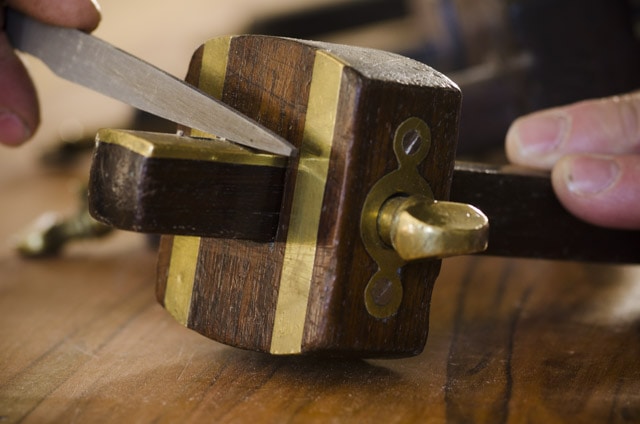
Have you encountered other problems & solutions with your antique mortise gauges or marking gauges? Please let me know in the comment box at the bottom of this page.
Here are some upcoming classes at the Wood and Shop Traditional Woodworking School:
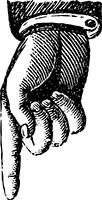

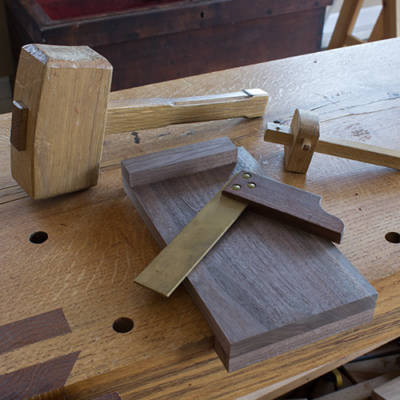
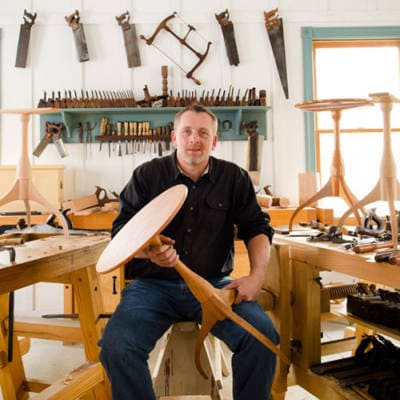
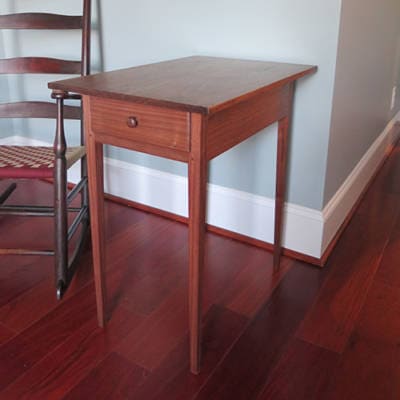
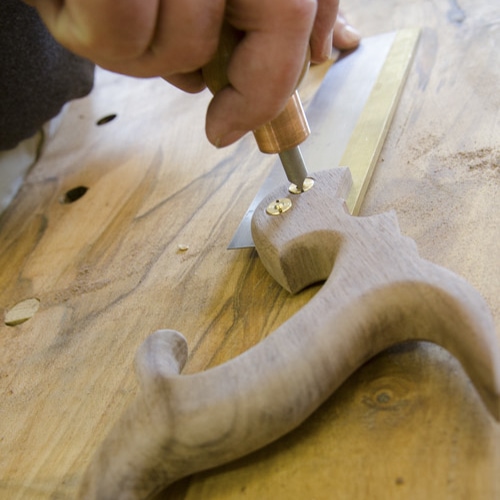
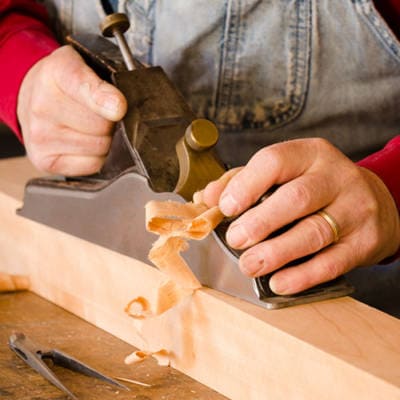
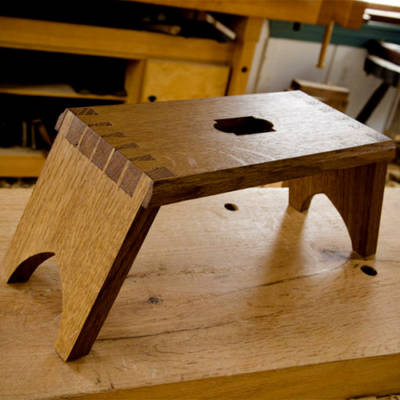
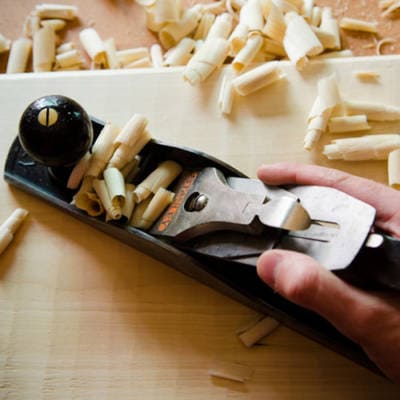
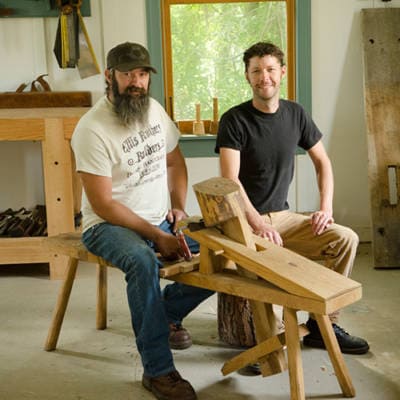
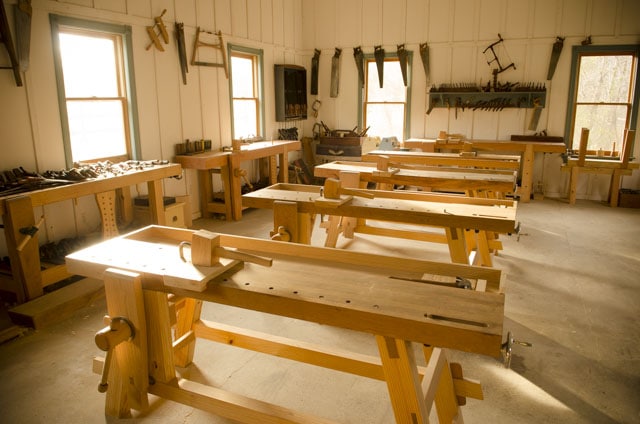
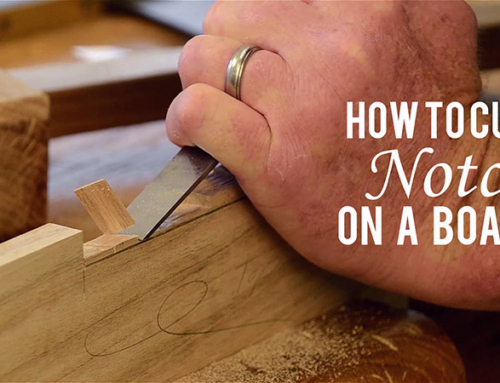

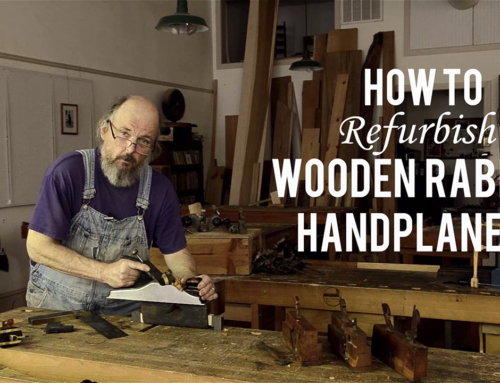
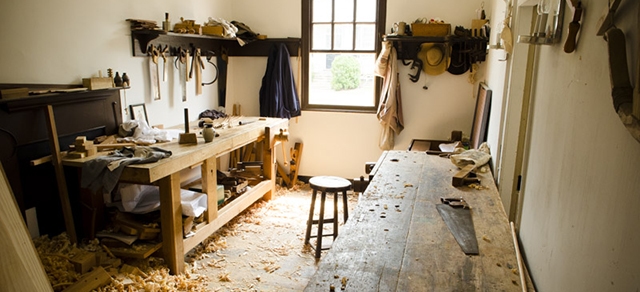
I have some fumed oak from
a cabinet sho I want to use in a breadboard (with other woods). Ammonia is very toxic but would the fumed wood be toxic if used in a cutting boar?
Hi David,
Do some more research to be safe, but I don’t think it would be a problem. From my understanding it’s the gas that’s unsafe to your lungs. Ammonia has been used for cleaning for a very long time, so it would make sense that after the gas fumes off completely, it would be safe. But again, I’m no expert on chemical safety, so don’t take my word for it.
Im trying to find the wheel gauge he bought for all his students
Here you go Micah: https://amzn.to/3KqByDr